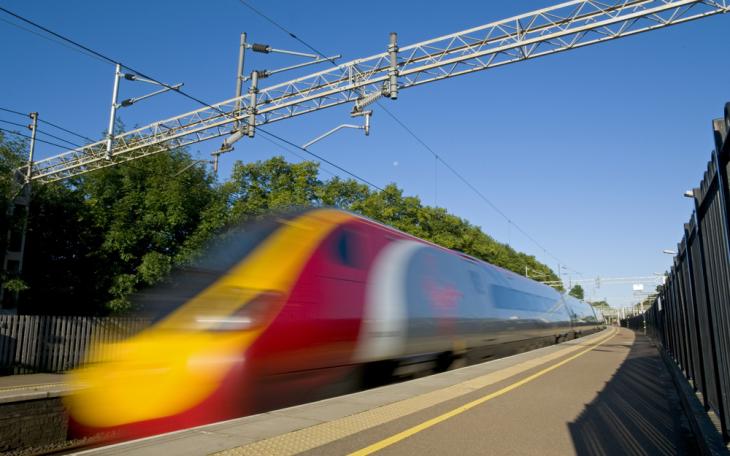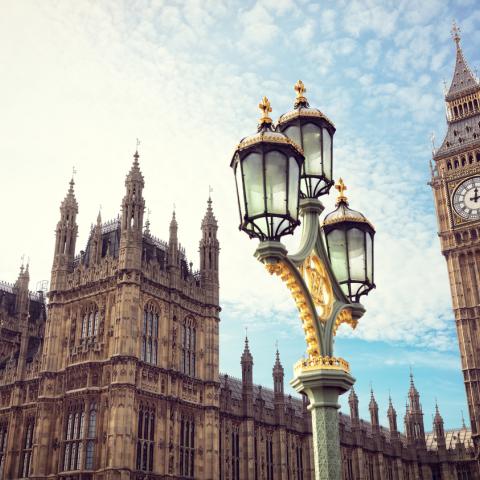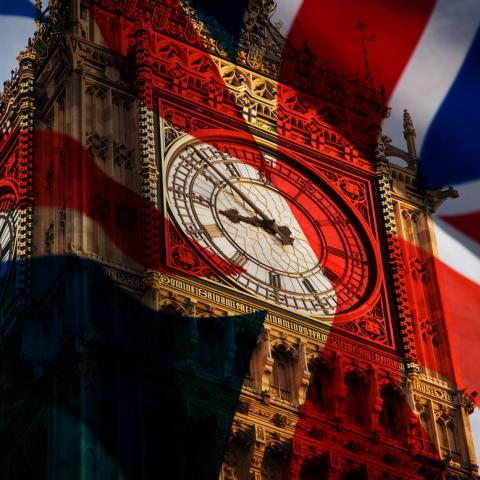Big changes in train for Britain’s railway

This morning, the Department for Transport finally released its long-awaited Rail White Paper, first planned for publication before the pandemic. The snappily-titled “Williams-Shapps Plan for Rail” is intended to be the biggest shakeup of Britain’s railway since privatisation in the 1990s. The name itself demonstrates that the Government has taken the thinking of the review chaired by Keith Williams significantly further in the past year, partly as a consequence of the fundamental changes to railway operations and financing during covid-19.
Every report and review looking at rail in Britain in the past ten years has identified industry fragmentation and a lack of aligned incentives as a key challenge, and most have recommended the creation of a ‘guiding mind’ for the railway. This White Paper now looks to be taking this forward, laying out Government’s plans to set up a new public body, Great British Railways, to bring track and train operations together.
While Great British Railways might look a lot like British Rail at first glance – the White Paper recommends retention of the iconic double-arrow logo and a single unifying brand for the railway – this isn’t a return to 1970s-style nationalisation. The new body will bring together Network Rail with some of the statutory cross-industry operations previously carried out by Rail Delivery Group and the key functions of the rail directorate at the Department for Transport. GBR will remain accountable to Government, with ministers able to issue guidance and mandatory directions. It also won’t take on an all-encompassing role, with the Office for Rail and Road, Rail Safety and Standards Board, Transport Focus, the Rail Accident Investigation Branch and British Transport Police all retaining their place in the rail system, albeit with changes to responsibilities for some.
However, the private sector will still have a significant role to play in operating rail services. The Emergency Measures Agreements and later Emergency Recovery Measures Agreements implemented by DfT during the pandemic had already effectively ended the previous franchising system, but this White Paper finalises it. It will replace previous franchises with London-style Passenger Service Contracts, a concession model which will specify timetables, branding, fares and key service metrics, with GBR taking fare revenue in return for a management fee to private operators.
Passengers may be most pleased about the pledges in the White Paper to simplify fares and ticketing, promising a ‘retail revolution’ with pay-as-you-go fares for shorter journeys and digital ticketing for intercity routes. GBR will offer a new website and app for ticket purchases, replacing the previous system where tickets for any journey could be bought from any operator as well as from a variety of third-party sellers. However, the White Paper takes a fairly high-level view of this area, without much detail on how new flexible season tickets or managing fare increases will work in practice.
The White Paper also touches on improving railway accessibility, both in terms of infrastructure, combining current funding pots like the Access for All scheme, and in training and support for rail staff to better cater for passengers with accessibility needs. Despite the Government’s very public commitment to achieving net zero carbon emissions, rail decarbonisation and modal shift don’t make it into the paper until page 89, where it promises a new comprehensive environment plan for the rail network in 2022.
The White Paper makes clear the importance of rail freight as a key supply line to industries such as construction and food and drink, although the rail freight sector doesn’t get its own chapter. It recognises the need to balance a whole-system view of the railway, particularly key for freight, with meeting the needs of local communities across Britain. Overhaul of the track access system is partly intended to deliver high-quality freight access where it is most needed.
Importantly, while savings from industry restructuring and the establishment of the new guiding mind are expected to represent around £1.5bn annually on top of existing industry efficiency programmes, the White Paper suggests that these savings won’t be realised until after a five-year implementation period. Many of these proposals will also require primary legislation, such as the establishment on a statutory basis of Great British Railways, reform of the roles and remits of Transport Focus and the Office of Rail and Road and the establishment of a new rules-based track access system.
From legislation through to operational changes and new commercial agreements, this White Paper represents a multi-year commitment from Government. The Labour Party’s response to the proposals has been heavily critical, calling for more detail on whether rail travel will become cheaper and reiterating the party’s position on public ownership of the rail network. With implementation of the proposals outlined today likely to run past the next General Election, a future Labour government could take the railway in quite a different direction.
In the coming months, the rail sector, the industries which depend on it and the passengers who travel on it will all be waiting to see Government start to implement these grand plans for Britain’s railway. Reform won’t be swift, but it may well be sweeping.









